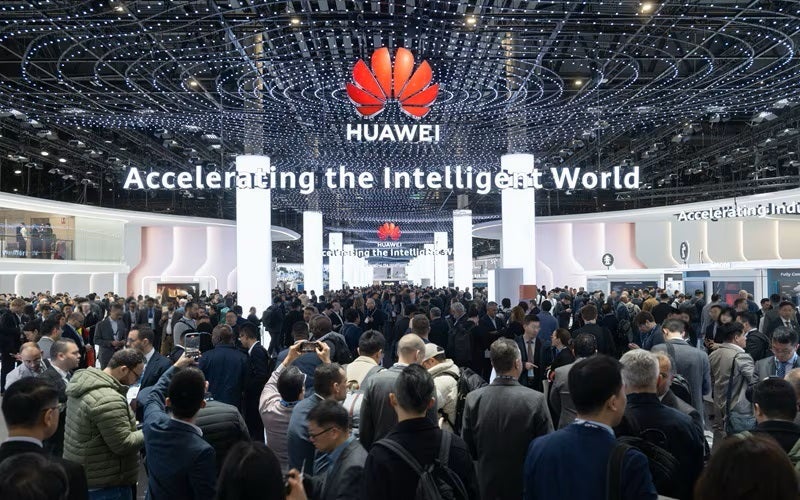Every city in history has been designed by men, meaning that every city in the world has been designed with men in mind. Today, cities are entering a new phase: the smart city. Will they be the answer to the problems and inequality women face in cities? After all, while we are digitizing cities, it makes sense to also address fundamental issues, as data can be used to empower citizens and instigate change.
What is a smart city?
A smart city uses connected sensors to enhance urban services such as energy, transport, and utilities to make the city function more efficiently. This is part of the wider trend towards cities becoming more purpose-driven. This means that technology is being used to achieve specific goals, instead of in ostentatious projects.
It is important not to fall into stereotypes, but differences in how men and women use cities must be recognized. For example, women are more likely to use public transport during the day for a range of activities—accessing childcare, family caregiving duties, and food shopping—as well as paid work. Changing how we design cities will not directly influence the gender disparity in unpaid work, but it can support those involved. This can be achieved by democratizing cities, improving access, and ensuring safety. The following ideas benefit everyone, ensuring that a city properly serves all its inhabitants.
Democratization
Ensuring ‘fair shared cities’, where laws, regulations, and investment benefit men and women equally is vital. For example, Vienna’s ‘gender budgeting’ requires departments to report how their expenditure has benefitted men and women equally, thus encouraging thorough project planning. Citizen engagement apps in Seoul, such as Oasis and the mVoting system, enable the public to make proposals and vote on policies—and the high smartphone penetration ensures that all groups in society get a voice in decision making.
Smart cities – safety and access
The Ansimi app is used in Seoul to connect CCTV cameras and streetlights. The app contains features such as ‘Safe Return to Home Monitoring’ which, when activated, makes streetlights brighten as the user approaches. The citizen’s safety can be monitored by officials, and an emergency call is made if the user shakes their phone.
The purpose of this technology is not to shift focus away from educating would-be attackers, but it can reduce women’s anxiety when walking alone at night, and lighting makes it easier to assess any situation that arises. This results in improving women’s safety in, and access to, cities.
Access was also improved after Seoul’s government worked with Korean telecommunications group KT to identify the most-used bus routes. They used phone data to optimize late-night bus services. Buses provide a safe route home, and data ensures they have passengers.
Simple solutions
Not every solution requires complex technology. Vienna leads the way on this, after adopting a ‘gender mainstreaming’ policy in the early 90s. Its park redesign project involved adding footpaths, installing volleyball and badminton courts, and landscaping to create semi-enclosed pockets. This addressed the problem of boys taking over a central space for an activity such as football and resulted in girls using the parks more.








